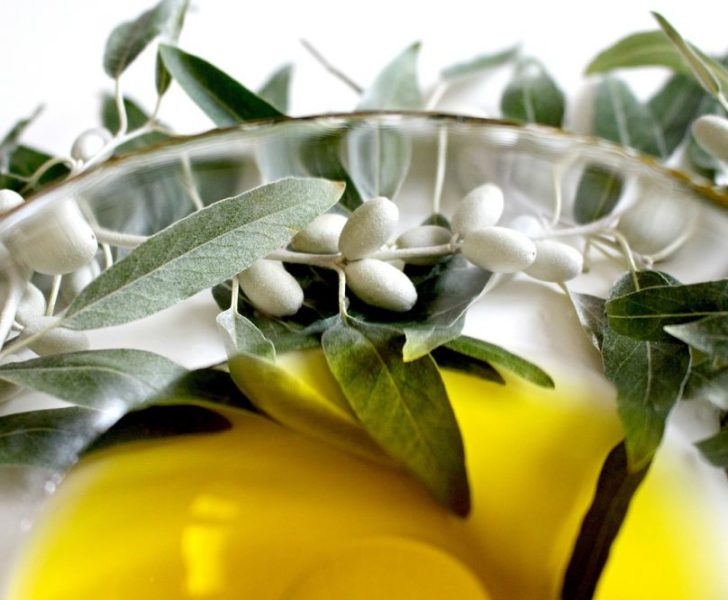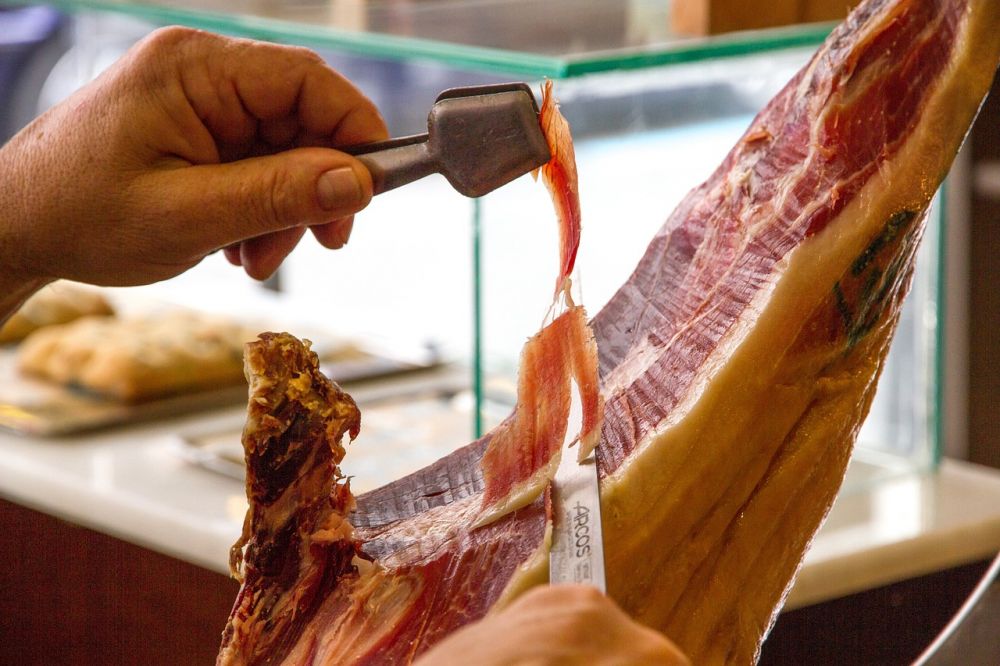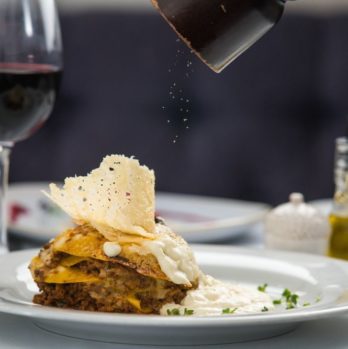Raclette Cheese: A Comprehensive Guide to the Swiss Delicacy

Introduction
Raclette cheese is a popular Swiss cheese known for its distinctive melting characteristics. Derived from the French word ”racler,” which means ”to scrape,” raclette cheese is traditionally melted and scraped onto various accompaniments, creating a delightful culinary experience. In this article, we will provide an in-depth overview of raclette cheese, exploring its various types, popularity, quantitative measurements, differences between varieties, and a historical analysis of its advantages and disadvantages.
Overview of Raclette Cheese

Raclette cheese is a semi-hard cow’s milk cheese originating from Switzerland. It boasts a rich, creamy texture and nutty flavor that intensifies when melted. The cheese is often aged for a minimum of three months, which contributes to its distinct taste profile. Its unique melting qualities make it an excellent choice for raclette dinners, where the cheese is melted on a hot grill or under a broiler and served with an array of accompaniments.
Types of Raclette Cheese
Several types of raclette cheese are available, each offering its own distinct character. The most renowned variety is Swiss raclette, which is made from unpasteurized cow’s milk and carries a full-bodied flavor. French raclette, known as Raclette de Savoie, is made from pasteurized cow’s milk and boasts a milder taste. Additionally, there are other variations crafted in different regions, such as Raclette du Valais from Switzerland and Raclette de Franche-Comté from France. These regional differences contribute to the diversity of aromas and flavors found in raclette cheese.
Quantitative Measurements of Raclette Cheese
When it comes to raclette cheese, quantity matters. The typical serving size for raclette cheese is 150-200 grams per person. This ensures an ample amount of melted cheese to be enjoyed alongside the meal’s accompaniments. It’s important to consider the quantity of cheese while planning a raclette dinner to ensure everyone can indulge in this delectable treat to the fullest.
Differences Between Raclette Cheeses
Although all raclette cheeses share the common characteristic of superior melting qualities, they also differ in taste, texture, and aroma. The Swiss raclette is known for its robust, nutty flavor and creamy texture. French raclette, on the other hand, tends to be milder, with a subtle earthiness. The region-specific varieties also exhibit unique characteristics, such as the distinct aroma of Raclette du Valais and the rich, complex flavors of Raclette de Franche-Comté. These differences allow individuals to choose a raclette cheese that aligns with their personal preferences and desired flavor profiles.
Historical Analysis of Advantages and Disadvantages of Raclette Cheese
Raclette cheese has a long history dating back centuries. The cheese’s melting properties made it a staple in alpine regions, where locals would gather around an open fire, melt the cheese, and scrape it onto bread and potatoes. This tradition continues today, making raclette cheese a beloved dish for gatherings and celebrations. However, as with any delicacy, there are advantages and disadvantages to consider. The advantages lie in the cheese’s versatility, enjoyable taste, and the social aspect of the raclette experience. On the other hand, some individuals may find the rich nature of raclette cheese overwhelming or have dietary restrictions that prevent them from indulging.
[INSERT VIDEO HERE]
Conclusion
Raclette cheese is a remarkable culinary treasure that brings people together in a shared dining experience. Its distinct melting qualities and flavorful profile make it a favorite among food enthusiasts worldwide. Whether you prefer the robustness of Swiss raclette or the subtle elegance of French raclette, there is a variation to suit every palate. So gather your friends, fire up the grill or broiler, and immerse yourself in the joy of raclette cheese, an indulgence that truly deserves a place at your table.











